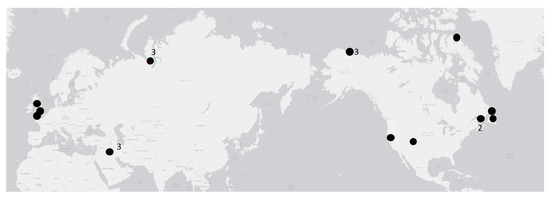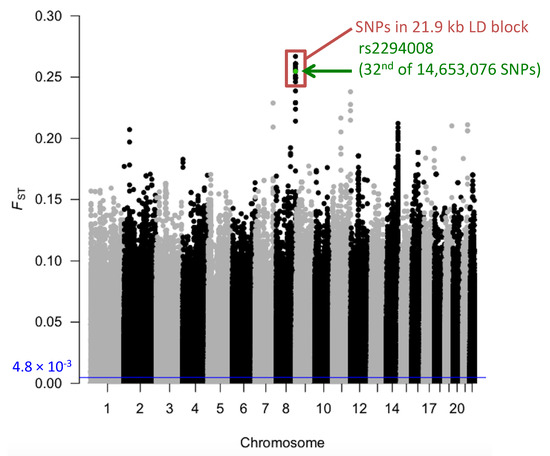Tools for Population and Evolutionary Genetics
A topical collection in Genes (ISSN 2073-4425). This collection belongs to the section "Population and Evolutionary Genetics and Genomics".
Viewed by 12526Editors
Interests: molecular evolution; comparative genomics; natural selection; rates of protein evolution
Special Issues, Collections and Topics in MDPI journals
Interests: co-evolution; phylogenomics; bioinformatics
Special Issues, Collections and Topics in MDPI journals
Interests: genomics, transcriptomics and plant breeding
Special Issues, Collections and Topics in MDPI journals
Interests: systems biology; evolutionary genomics; metabolic modelling
Special Issues, Collections and Topics in MDPI journals
Topical Collection Information
Dear Colleagues,
In recent years, the development of next-generation sequencing (NGS) techniques has fueled an explosion in the pace at which genomic data sets are generated, while dramatically decreasing the costs of genome sequencing. A comparison of these datasets can uncover remarkable information about the evolution of organisms. The availability of datasets of ever-increasing size and complexity has resulted in a growing need for computational tools that allow their effective and efficient analysis.
This Collection focuses on tools for population and evolutionary genetics, including, but not limited to, bioinformatic approaches, computational tools and models, algorithms, databases, NGS pipelines and other genetic and genomic resources.
A previous edition in form of Special Issue has already been edited in Genes here: https://www.mdpi.com/journal/genes/special_issues/tools_evo.
We continue to welcome submissions of reviews, research articles, and short communications. We also encourage the submission of manuscripts describing new tools, in the form of “concept papers”.
Dr. David Alvarez-Ponce
Dr. Julie M. Allen
Dr. Won C. Yim
Dr. Marco Fondi
Collection Editors
Manuscript Submission Information
Manuscripts should be submitted online at www.mdpi.com by registering and logging in to this website. Once you are registered, click here to go to the submission form. Manuscripts can be submitted until the deadline. All submissions that pass pre-check are peer-reviewed. Accepted papers will be published continuously in the journal (as soon as accepted) and will be listed together on the collection website. Research articles, review articles as well as short communications are invited. For planned papers, a title and short abstract (about 100 words) can be sent to the Editorial Office for announcement on this website.
Submitted manuscripts should not have been published previously, nor be under consideration for publication elsewhere (except conference proceedings papers). All manuscripts are thoroughly refereed through a single-blind peer-review process. A guide for authors and other relevant information for submission of manuscripts is available on the Instructions for Authors page. Genes is an international peer-reviewed open access monthly journal published by MDPI.
Please visit the Instructions for Authors page before submitting a manuscript. The Article Processing Charge (APC) for publication in this open access journal is 2600 CHF (Swiss Francs). Submitted papers should be well formatted and use good English. Authors may use MDPI's English editing service prior to publication or during author revisions.
Keywords
- bioinformatics
- comparative genomics
- population genomics
- phylogenomics
- evolution











